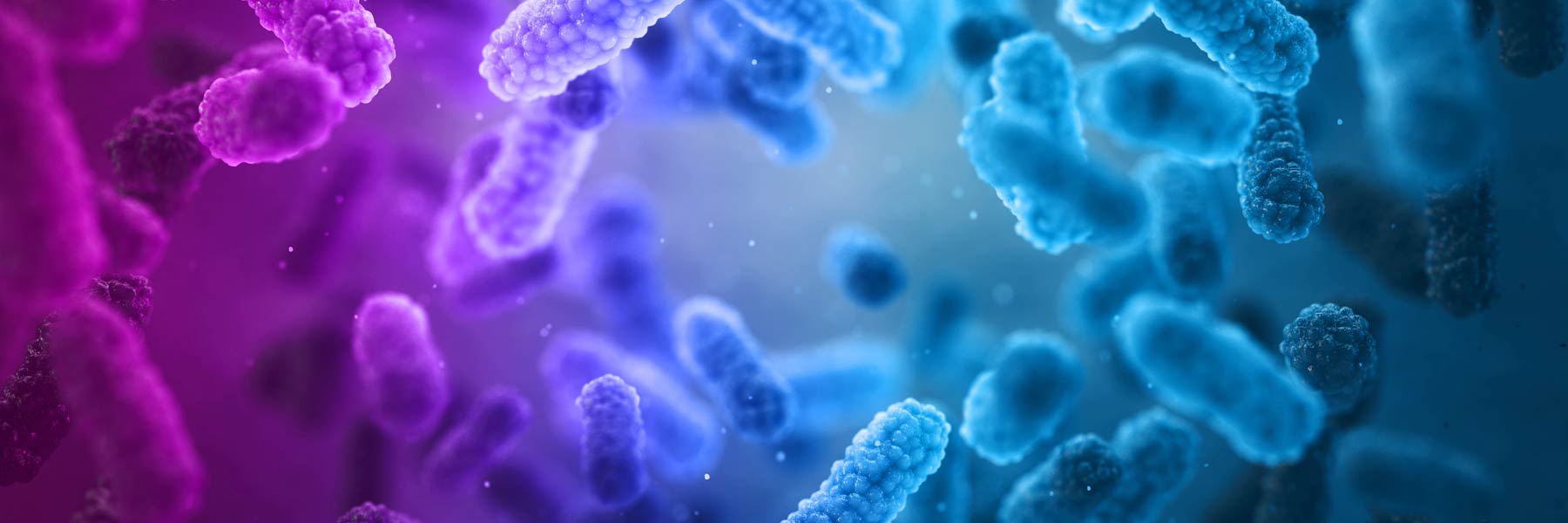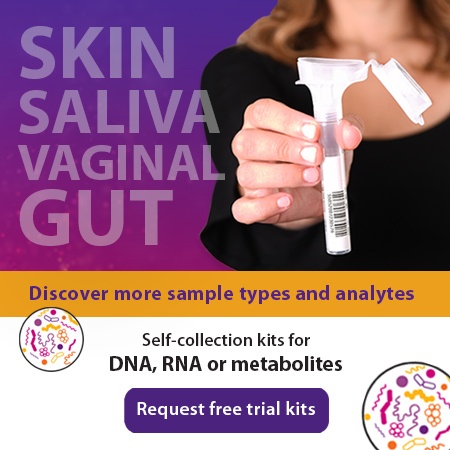2019-07-11
We have always been told that exercise is good for our health. But did you know that physical activity can affect your gut microbiome composition? It is hypothesized that the microbiome is part of a pathway linking physical activity and chronic disease [1].
The gut microbiome plays an important role in regulating host energy metabolism, oxidative stress, systemic inflammatory responses, and hydration status. It is also known to increase microbial diversity and abundance of beneficial microbiome species when associated with regular exercise; promoting these regulations are beneficial for the host [2].
In this blog, we will explore the gut microbial composition changes associated with physical activity with young adults, older men, and professional athletes.
Healthy young adults
Dr. Bagley and his team at San Francisco State University, conducted a study to explore the relationship between cardio respiratory fitness (maximum oxygen consumption, VO2 max) and relative gut microbiome composition in healthy young adults in a free-living environment [3].They used OMNIgene·GUT and collected fecal samples from 37 healthy participants (20 males, 17 females; average age of 25). The participants were instructed to follow their normal diet for 7 days and track their diet intake. They performed a variety of exercises designed to obtain VO2 max [3]. The following outcomes were observed:
- Males had a significantly higher VO2 max compared to the females.
- They found that VO2 max was associated with an increase in Firmicutes and Bacteriodetes ratio (F/B) and accounted for a significant portion of the variance (22%)[3] .
Firmicutes and Bacteriodetes compose a vast majority of the bacterial species in the human gastrointestinal tract. An elevated F/B has also been associated with obesity. Therefore, there is a lack of consensus on an optimal F/B proportion and more research needs to be conducted [3].
Older men
Age related changes in diet, activity, multi-morbidity, and medicine use may impact the gut microbiome and physical activity. Dr. Shikany and his team investigated the relationship between exercise and the gut microbiome among older men. Using OMNIgene·GUT, they collected stool samples from 373 men (average age of 84). Each day, the men would record their daily step count [1]. The following outcomes were observed:
- Physical activity was not associated with alpha diversity.
- Those with higher step counts had a higher relative abundance of Cetobacterium and lower relative abundance of taxa from the genera Coprobacillus, Adlercreutzia, Erysipelotrichaceae CC-115.
- The dominant phyla were: Bacteriodetes (41.9%), Firmicutes (41.8%), Proteobacteria (6.4%), and Verrucomicrobia (3.1%) [1].
Professional athletes
How does the gut microbiome composition respond to prolonged and intense exercise? Dr. Molloy and their team at the University College Cork, Ireland, performed a study on four well-trained young male athletes who successfully completed an unsupported transatlantic row [2].
In their study, they collected stool samples using OMNIgene·GUT and witnessed an increase in alpha diversity in 3 out of 4 athletes. The bacterial species shown to increase during the transatlantic row of all athletes was Roseburia hominis - a member of the Subdoligranulum. They are known to be butyrate producers which play an important role in in regulating gut health, reducing inflammation and oxidative stress in addition to reinforcing the epithelial defense barrier of the gut [2].
How do they compare?
Age difference
Research has shown that age and level of physical activity can alter gut microbial composition. Professional young athletes had an increase in alpha diversity whereas the older men did not after exercise.
It has been hypothesized that differences in age can result in a shift in taxa. Due to the shifts in taxa based on age differences, associations with exercise and gut microbiome composition may be unique. We learned this with the cohort of older men that had an increase in abundance of Proteobacteria and Verrucomicrobia, whereas the younger cohorts did not [1], [2].
Levels of physical activity
Levels of physical activity also produced unique microbial composition results. When the young adults and the professional athletes are compared, the professional athletes had an increase in Roseburia hominis – unique to high level performing athletes. The young adults and older men both had an increase in F/B, where the professionals did not. The older men and young adults did not undergo the level of physical activity compared to the professionals, however, even though the young adults performed at a higher level than the older men, it was still less intense compared to the professionals, which could explain why they share that same increase in F/B [1],[2],[3].
In the end?
There is still much research needed when it comes to understanding the impact of exercise on the gut microbiome, but it all starts with a fecal sample. OMNIgene·GUT is proven to provide high quality and quantity microbial DNA stabilized at ambient temperature for easy collection and storage.
Interested in trying OMNIgene·GUT for your study? Request free sample kits below or email info@dnagenotek.com for more information.
Related Blogs
Physical activity and the affect on maternal and fetal gut microbiome
References
[1] Langsetmo L et al. The association between objectively measured physical activity and the gut microbiome among older community dwelling men. J Nutr Health Aging. (2019).
[2] Keohane DM et al. Four men in a boat: Ultra-endurance exercise alters the gut microbiome. J Sci Med in Sport. (2019). https://doi.org/10.1016/j.jsams.2019.04.004
[3] Durk RP et al. Gut microbiota composition is related to cardiorespiratory fitness in healthy young adults. Int J Sport Nutr Exerc Metab. 29(3): 249-253 (2018).


